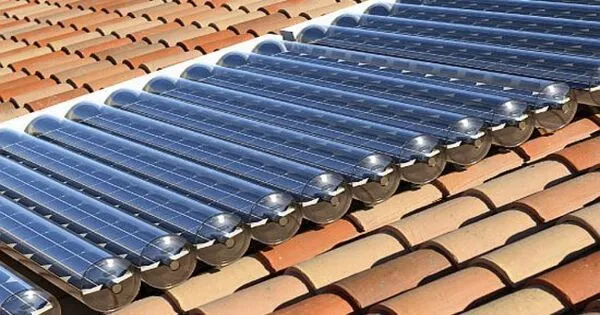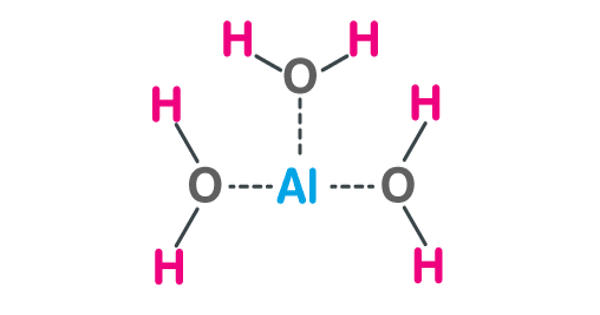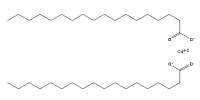The benefits of both organic and inorganic semiconductors are combined in hybrid solar cells. It is a type of photovoltaic technology that combines the benefits of both organic (carbon-based) and inorganic (silicon-based or other inorganic materials) solar cell components. It is also known as organic-inorganic hybrid solar cells or third-generation solar cells. These cells aim to overcome traditional solar cell limitations while maintaining high efficiency and stability.
Organic materials, such as conjugated polymers that absorb light as the donor and transport holes, are used in hybrid photovoltaics. In hybrid cells, inorganic materials are used as acceptors and electron transporters. Because of roll-to-roll processing, hybrid photovoltaic devices have the potential for both low-cost and scalable solar power conversion.
Theory
Solar cells are devices that use the photovoltaic effect to convert sunlight into electricity. Electrons in a solar cell absorb photon energy from sunlight, which excites them from the valence band to the conduction band. This results in the formation of a hole-electron pair, which is separated by a potential barrier (such as a p-n junction) and causes a current to flow. Organic materials are used in the active layers of organic solar cells. The main types of organic photovoltaic devices currently being researched are molecular, polymer, and hybrid organic photovoltaics.
There are several types of hybrid solar cells, but the organic-inorganic perovskite solar cell is one of the most common. Perovskite materials are a type of compound that has a distinct crystal structure that enables them to be highly efficient light absorbers. An organic and an inorganic perovskite component work together to convert sunlight into electricity in hybrid perovskite solar cells.
Here are some key features and advantages of hybrid solar cells:
- High efficiency: Hybrid solar cells have the potential to achieve high power conversion efficiencies, comparable to traditional silicon solar cells. The combination of organic and inorganic materials allows for efficient light absorption and charge carrier generation.
- Low-cost manufacturing: The fabrication processes for hybrid solar cells can be relatively simple and cost-effective compared to traditional silicon solar cells. Solution-based techniques, such as spin-coating or inkjet printing, can be used to deposit the active layer, reducing manufacturing costs.
- Tunable properties: The properties of hybrid solar cells can be easily tuned by adjusting the composition and structure of the materials used. This tunability allows for optimization of the cell’s performance for specific applications.
Despite their promising features, hybrid solar cells also face some challenges:
- Stability: One of the most difficult challenges for hybrid solar cells is their long-term stability. Perovskite materials are sensitive to moisture and light, which can degrade their performance over time. Researchers are actively working to improve the stability of hybrid solar cells in order to ensure their long-term viability.
- Toxicity: Some inorganic materials used in hybrid solar cells, such as lead-based perovskites, raise concerns about their environmental and health impacts. Efforts are being made to investigate alternative, non-toxic materials for use in these cells.
- Commercial scalability: While hybrid solar cells have shown promising results in the laboratory, scaling up production to commercial levels with consistent performance and cost-effectiveness remains a challenge.
















